The Greatest Male Nudes in Art History (NSFW!)
Nudity started being an important subject in art in ancient Greece. The male body was celebrated at sports competitions or religious festivals, it...
Anuradha Sroha 19 November 2024
If you ever find yourself feeling insecure about your body (as I often do), take a moment to explore these paintings. These works of art show how everybody can feel beautiful in their own skin and how we can embrace body positivity through the lens of art!
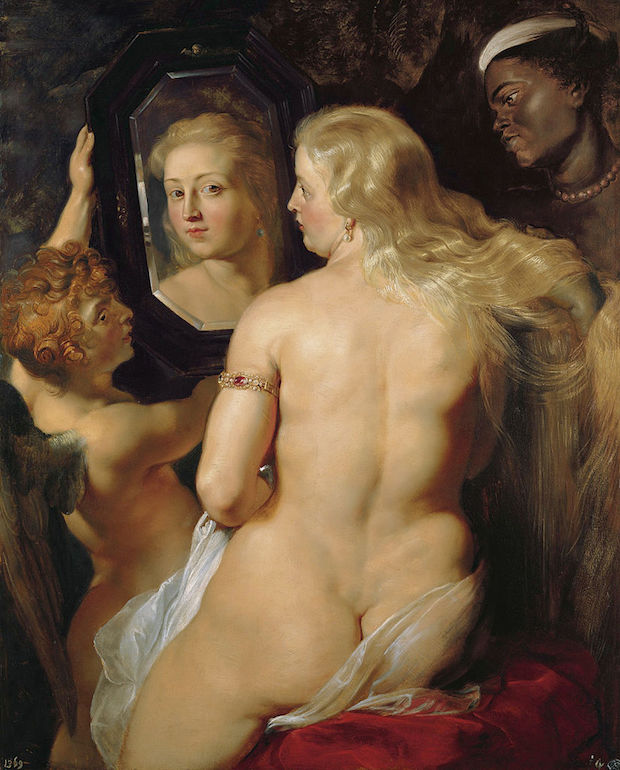
This painting adorns the walls of my wardrobe. It keeps me inspired whenever I feel a bit uneasy about a roll of flab or two on my belly while getting dressed. Rubens’ Venus embodies strength and power. She doesn’t act coy or pretend to be someone she’s not. Unapologetic about her own body, she seeks no validation or praise to feel beautiful—quite a departure from William-Adolphe Bouguereau’s The Birth of Venus. Her charm is in her glory and her self-awareness.
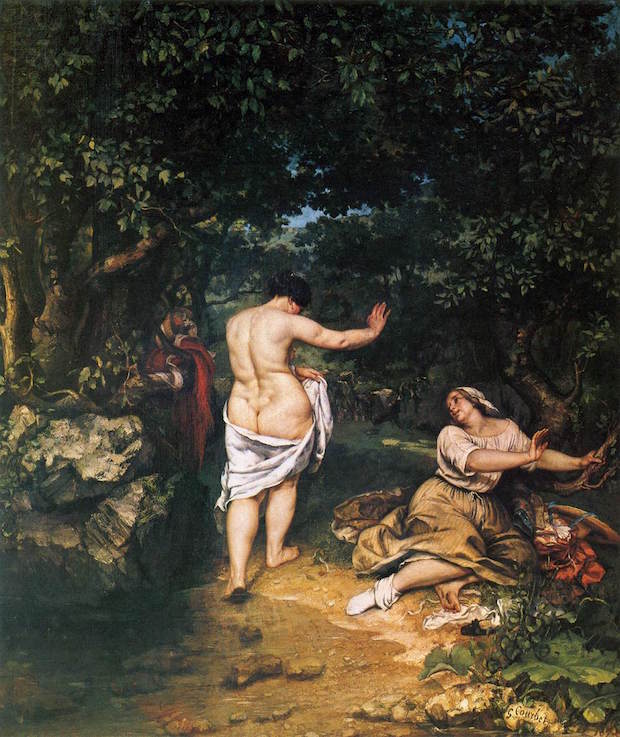
When critics first laid eyes on this painting at the Parisian Salon, they dismissed it as “dirt” and likened the naked bather to meat on a butcher block. Courbet initially aimed for a greater degree of nudity but later added a piece of cloth, likely to avoid controversy. This did little to quell the criticism from viewers, who found the scene vulgar and puzzling.
The narrative behind the image is also a nuanced and elusive one—Courbet’s output in eroticism makes the relationship between the bather and the clothed woman questionable—Is she just her companion or a mistress of her? Regardless of the interpretations, it is clear that they are depicted as ordinary women of flesh and bone, in stark contrast to the idealized and polished odalisques dominating the Salon of that era. On the other hand, it could be that her close resemblance to the day-to-day mundanity fueled the controversy.
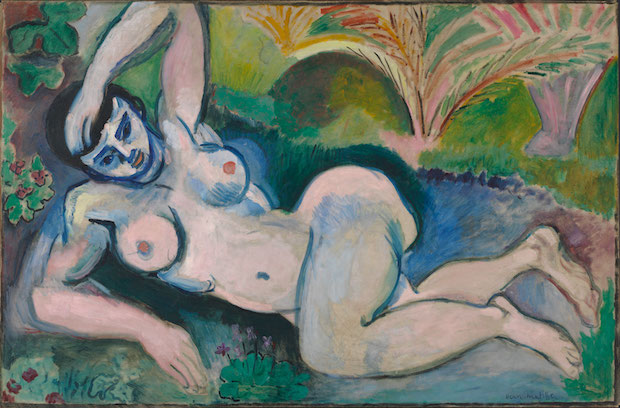
Henri Matisse shocked the public with this piece at the Société des Artistes Indépendants in 1907. Its detractors despised the disproportionate body tinted with unhealthy colors to such an extent that they burned the painting in effigy in 1913 at the Chicago Armory Show. Nevertheless, the painting became a huge inspiration to artists like George Braque and Pablo Picasso. Consider how much the latter’s critically acclaimed Les Demoiselles d’Avignon derived from the Blue Nude.
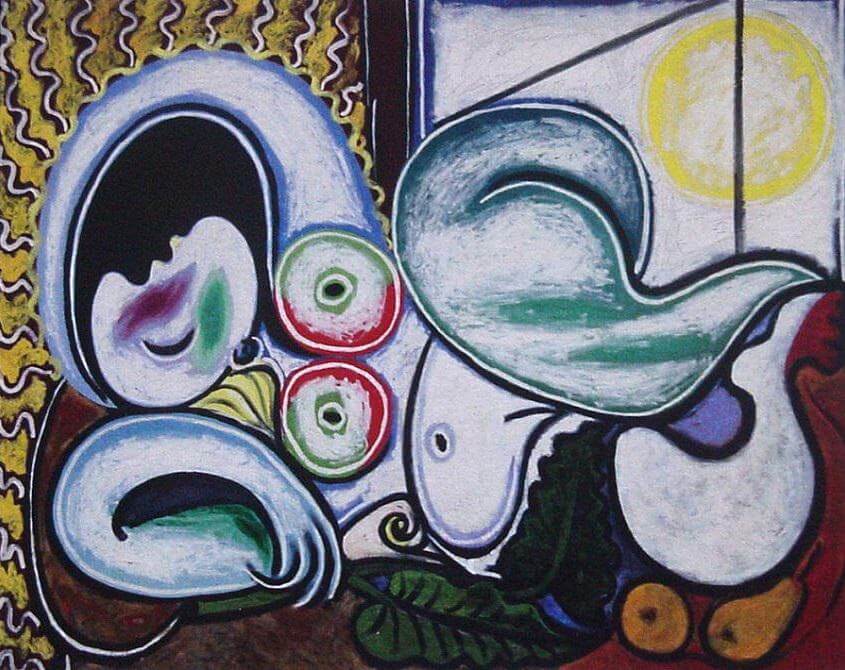
Each woman from Picasso’s life can speak of a phase in his painting career. For example, the subject of Reclining Woman is Marie-Therese Walter, whom he met on the street when she was 17 then became a model for him. This painting is all about curves. Marie-Therese Walter is painted with sinuous lines as she reclines on a round sofa that matches the shape and energy of the former. The triangular pattern in the background emphasizes the curves even more. She seems very comfortable in her relaxed pose. Her body makes her look seductive but, more importantly, feminine and full of life.
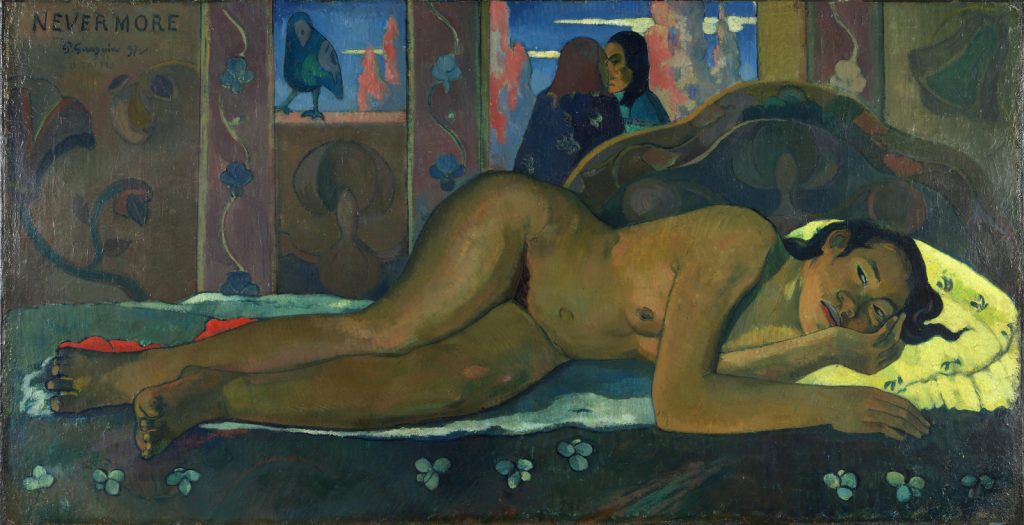
Gauguin’s Tahitian wife, Tehura, modeled for this unsettling work. The painting is consistent with other Gauguin’s works about Tehura. In all of them, she was the adolescent girl who revered spirits, what Westerners at that time deemed the core of traditional Tahitian culture. The composition of this “study of the Oceanic nude” is reminiscent of Manet’s Olympia, yet the mood and subject matter differ. Tehura’s body is not that of a courtesan but of a maturing girl who is still unsure of the future ahead. The raven, “a bird of the devil who watches,” nods to Edgar Allan Poe’s poem. But why is the raven watching her? And what does the title stand for? We are yet to know.
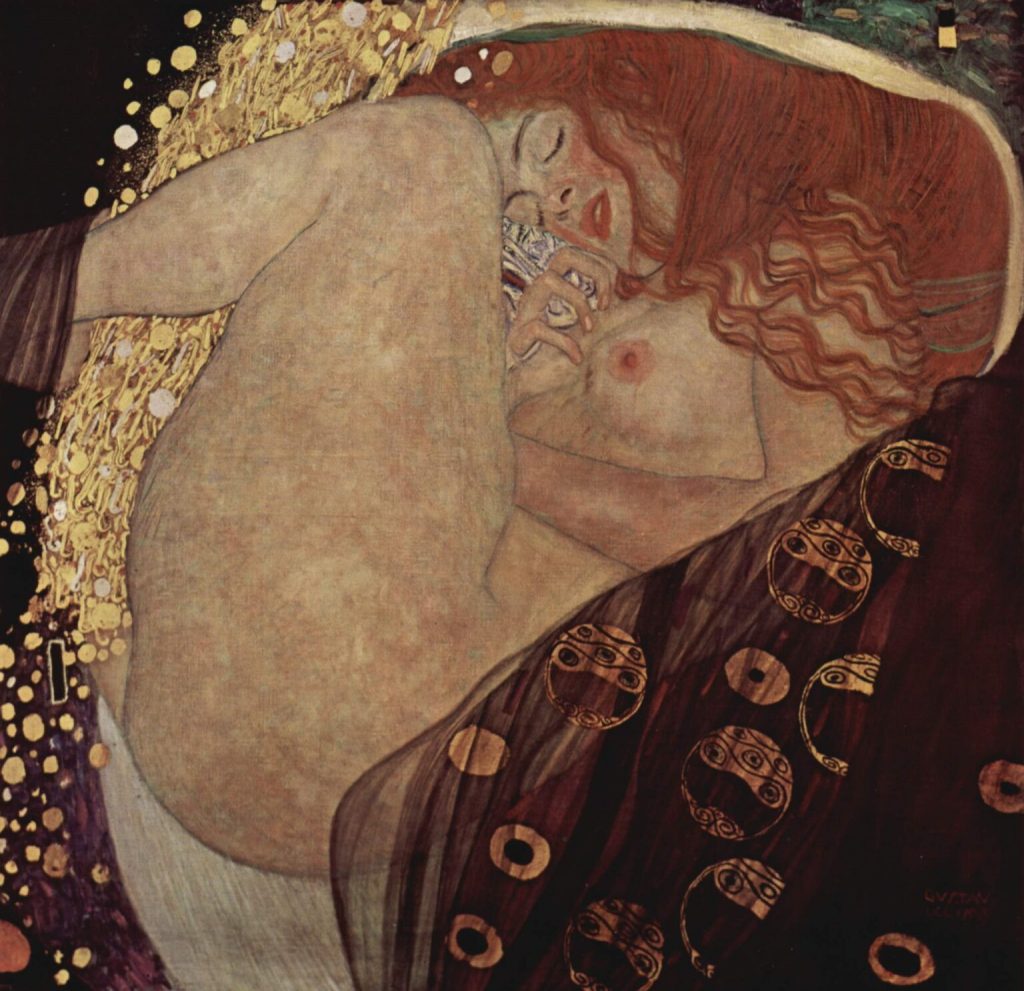
Klimt had a propensity to paint tall, skinny women that often look quasi-masculine. Yet his way of depicting the mythical Danaë might deviate from this preferred approach. So does the painting’s composition as the subject is seen from above and in a fetal position (which suggests she feels safe while asleep), with her thigh as a focal point.
Her naked breasts and ginger hair hints at Klimt’s interpretation of Danaë as a femme fatale who is seductive and sensual, but also innocent. She certainly is so, and the curves of her body only add to this golden charm.
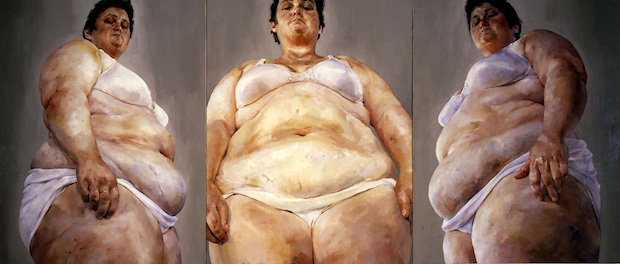
Saville paints flesh. She doesn’t idealize and doesn’t preach. Instead, she strives to be a “painter of modern life” (the one that the poet Charles Baudelaire was looking for in his times) and, therefore, a painter of “modern bodies.” Although depictions of human bodies are typical in figurative art, Saville foregrounds the body to the extent that the nudes she painted become impossible to overlook. She accentuates physicality through contortion, depicting bodies squashed against a glass wall. On the other hand, works such as Strategy strike the viewer with their use of perspective. We get a worm’s eye view of the figures, whose stares exude pride, power, and majesty.
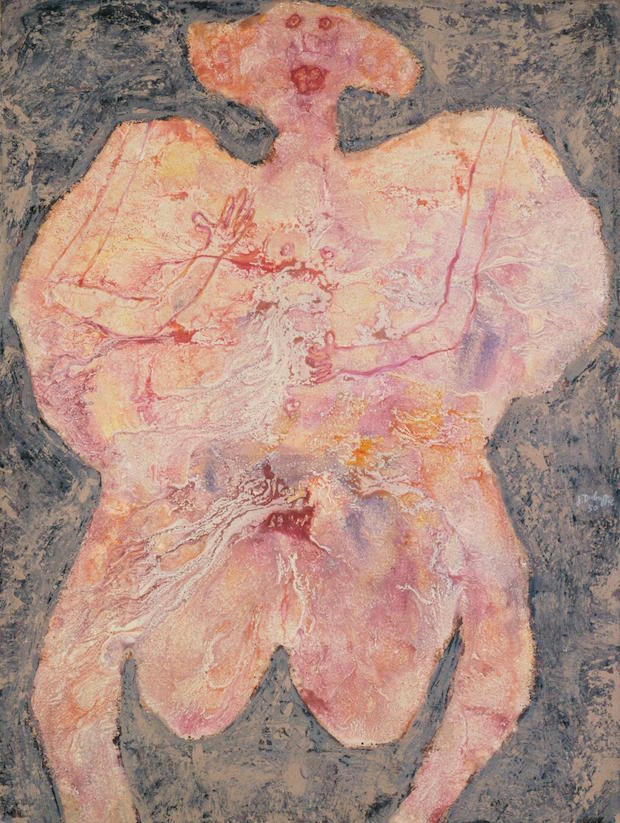
Dubuffet’s works were purposefully made ugly and crude. He aspired to create “deskilled” and outsider art that drew heavily upon drawings by children or the mentally ill and called such ‘Art Brut.’ The Tree of Fluids is an abstractly exaggerated portrait of a woman with her body inflated to an unnaturally enormous size, is one of those. But quite contrary to its appearance, the work’s title hints that the body depicted symbolizes what gives birth and nurtures, namely a spring of life, energy, and beauty called femininity.
DailyArt Magazine needs your support. Every contribution, however big or small, is very valuable for our future. Thanks to it, we will be able to sustain and grow the Magazine. Thank you for your help!